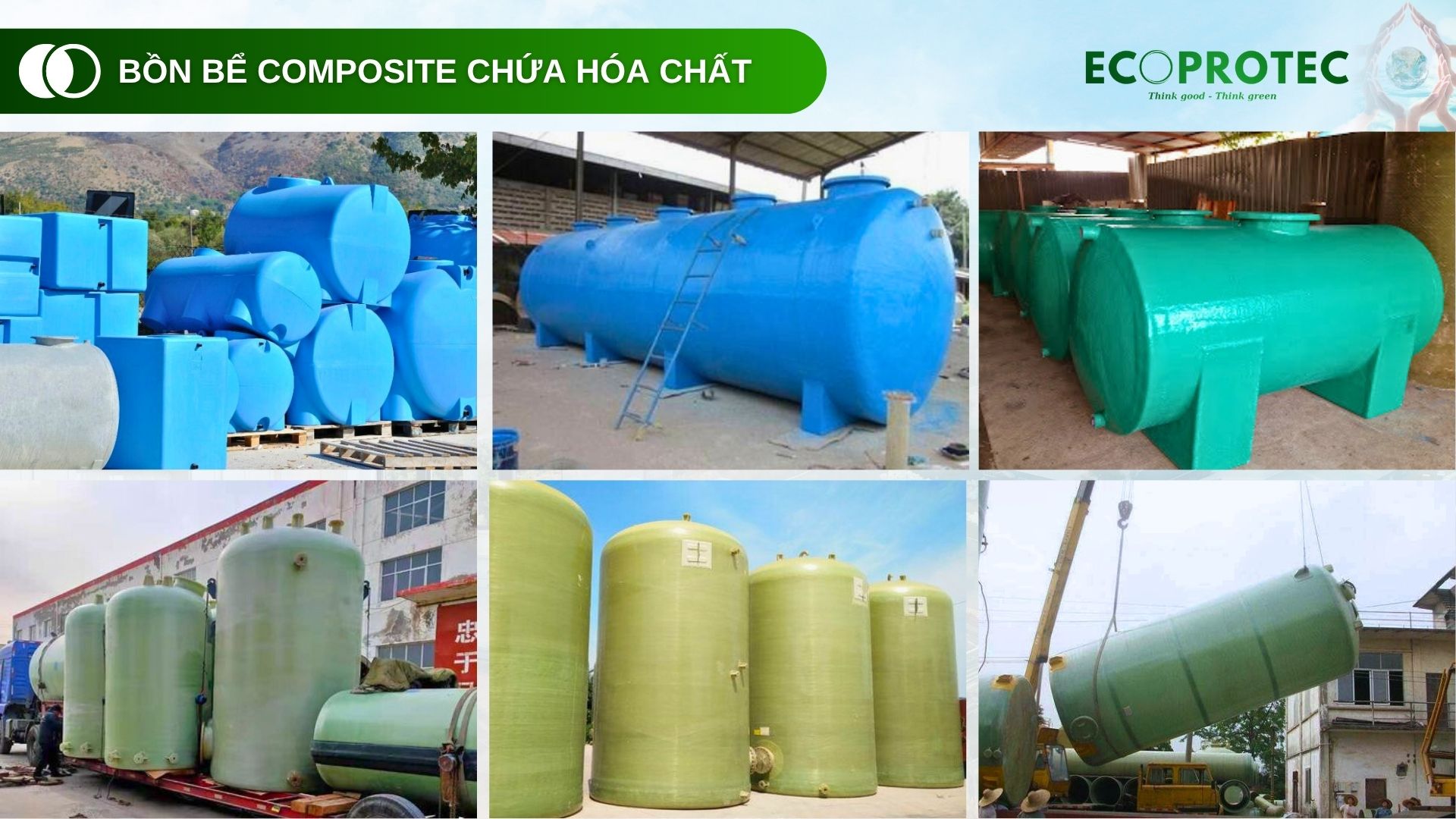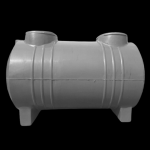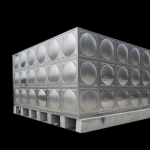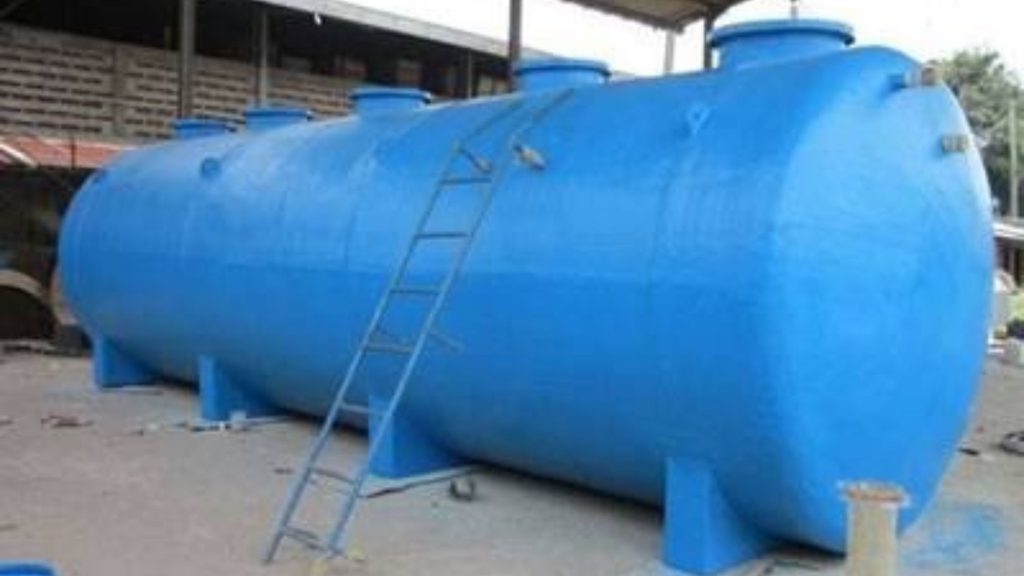Comprehensive Solution: FRP Tank Applications for Hazardous Chemical Storage
In today’s industrial landscape, safely storing hazardous chemicals is a significant challenge. Effective chemical management not only impacts operational efficiency but also protects human health and the environment. FRP (Fiberglass Reinforced Plastic) chemical storage tanks have emerged as a superior solution—ideal for handling dangerous substances such as acids and sulfuric acid (H₂SO₄). This article explores the benefits, applications, and reasons why Ecoprotec’s FRP tanks are the top choice for businesses managing toxic chemicals.
1. Key Applications of FRP Chemical Storage Tanks
1.1. Acid Storage

FRP tanks in factories, with technical information
FRP tanks are widely used for acid storage due to their exceptional corrosion resistance. Acids such as sulfuric acid (H₂SO₄), nitric acid (HNO₃), and hydrochloric acid (HCl) can be stored safely without damaging infrastructure or equipment.
1.2. Sulfuric Acid (H₂SO₄) Storage

Sulfuric Acid (H₂SO₄) Storage Tanks
Sulfuric acid is one of the most aggressive and dangerous industrial chemicals. Composite tanks provide long-term durability and reduce maintenance costs. Their robust design helps prevent leaks and protects both people and the environment.
1.3. General Chemical Storage Tanks

Different Types of Composite Chemical Storage Tanks: Versatility and Flexibility in Application
In addition to storing acids, FRP composite chemical storage tanks are also used for a wide range of other chemicals, from solvents to hazardous substances. This versatility enables businesses to manage their chemical storage facilities more flexibly and meet diverse storage requirements.
2. Why Choose Ecoprotec’s FRP Chemical Tanks?
2.1. Outstanding Features
Compared to metal tanks, FRP tanks offer multiple technical advantages:
FRP (Fiberglass Reinforced Plastic) chemical storage tanks are constructed using high-strength fiberglass-reinforced resin, offering numerous outstanding advantages:
-
✅ Corrosion Resistance: FRP resists degradation from aggressive and hazardous chemicals, significantly extending tank lifespan.
-
✅ Lightweight Yet Strong: Compared to traditional metal tanks, FRP tanks are lighter yet still robust, making them easier to install and maintain.
-
✅ Easy Installation: The reduced weight facilitates quicker, more cost-effective transport and setup.
2.2. Absolutely Safe

Safety features such as leak sensors and pressure control systems of composite tanks
Chemical storage tanks made from composite are designed with high safety standards, helping to prevent leaks and protect the environment. The use of acid tanks and H2SO4 tanks in industries such as chemicals, pharmaceuticals, and food requires maximum safety. Safety features such as leak sensors and pressure control systems can also be integrated to enhance protection.
2.3. Economic Benefits
Investing in composite chemical tanks not only saves on maintenance costs but also minimizes risks related to chemical incidents. These economic benefits become even clearer when compared with traditional storage solutions. Businesses can also reduce insurance costs by using safe tanks.
2.4. Safety Standards
When choosing chemical storage tanks, businesses need to pay attention to safety standards. FRP chemical tanks must meet requirements on:
-
Explosion resistance: Especially important in chemical industries.
-
Leak prevention: Helps protect the environment and human health.
-
Periodic inspection: Ensures the tank is always in safe and effective condition.
3. Purchase Guide

Overview of FRP chemical storage tanks in the working environment, showing safety and efficiency.
FRP composite chemical storage tanks are a comprehensive solution for storing hazardous chemicals. With numerous outstanding advantages in terms of safety, durability, and cost-effectiveness, they are the ideal choice for businesses in modern industries. If you need more information or consultation on chemical storage tanks, please contact us via hotline: 0834473166. Don’t miss the chance to protect your business with a safe and efficient storage solution!

 Composite Tank
Composite Tank Water tank cover.
Water tank cover. Kitchen equipment
Kitchen equipment Industrial water tank
Industrial water tank


